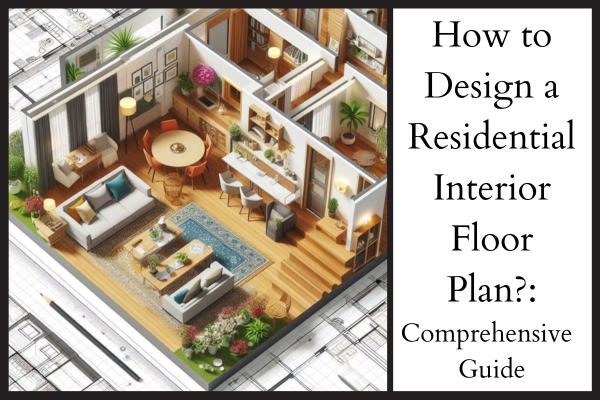Introduction: The Evolution of Architectural Communication
Effective communication plays a pivotal role in translating visionary ideas into architectural concrete structures. Architects, designers, and clients must seamlessly exchange concepts, ensuring a shared understanding throughout the design process. While traditional methods like blueprints and sketches have long been relied upon, architectural rendering has revolutionized how ideas are conveyed, elevating communication to new heights.
Architectural rendering, also known as 3D visualization, encompasses the creation of lifelike representations of architectural designs using computer-generated imagery (CGI). By bringing designs to life with stunning visuals, architectural rendering has become indispensable for architects and designers worldwide. Let’s explore how this remarkable technique has transformed architectural communication.
The Power of Visual Storytelling: Bringing Designs to Life
At its core, architectural rendering is an artful blend of creativity, technology, and storytelling. By harnessing cutting-edge software and techniques, architects and designers can create immersive visual experiences that resonate deeply with clients and stakeholders. Here’s why architectural rendering has become an indispensable component of the design process:
Engaging Clients from the Start: Traditional blueprints and 2D drawings often require a keen eye and vivid imagination to grasp the full potential of a design. Architectural rendering bridges this gap by providing realistic, three-dimensional representations that captivate clients from the very beginning. The ability to showcase materials, lighting, textures, and spatial relationships in a lifelike manner allows clients to envision the result, fostering excitement and confidence in the project.
Enhancing Communication and Collaboration: Architectural rendering acts as a universal language, enabling architects, designers, and clients to communicate more effectively. Complex design concepts can be conveyed clearly through detailed visualizations, minimizing misunderstandings and facilitating collaborative decision-making. Clients can actively participate in the design process, offering feedback and making informed choices based on an immersive understanding of the design intent.
Saving Time and Costs: With architectural rendering, iterations, and modifications can be made swiftly and effortlessly. That allows architects and designers to efficiently address client feedback and refine designs, reducing costs and saving valuable time. Visualizing potential design changes in real-time can identify and resolve potential issues early on, preventing costly revisions during construction.
Inspiring Emotional Connections: Architectural rendering can evoke emotions and create lasting impressions. By presenting designs visually strikingly, architects can tap into the emotional aspects of a project, making sense of anticipation and connection with the future space. This emotional resonance is crucial in fostering buy-in from clients and stakeholders, ensuring a shared vision for the project.
FAQs: Demystifying Architectural Rendering
Q: Is architectural rendering only limited to exterior designs?
A: Not at all! Architectural rendering can depict interior and exterior designs with equal fidelity, providing comprehensive visualizations of spaces.
Q: Can architectural rendering accurately represent lighting conditions?
A: Architectural rendering allows for precise control over lighting, enabling architects to realistically showcase the interplay of natural and artificial light within a space.
Q: How long does it take to create an architectural rendering?
A: The timeframe for creating an architectural rendering depends on the required complexity and level of detail. It can range from a few hours to several days.
Q: Can architectural rendering be used for large-scale projects?
A: Absolutely! Architectural rendering is versatile and can effectively convey the vision of projects of any scale, from residential buildings to sprawling commercial complexes.
Conclusion: Transforming Architectural Communication
Architectural rendering has proven to be a game-changer in architectural communication. By seamlessly blending technology, artistry, and storytelling, this powerful tool brings designs to life, engages clients from the outset, and fosters effective stakeholder collaboration.
Through the ability to convey intricate design details, materials, lighting, and spatial relationships in a visually attractive manner, architectural rendering inspires confidence, facilitates informed decision-making, and ultimately leads to the successful realization of architectural projects.
As the architectural industry continues to evolve, embracing the transformative power of architectural rendering is not just an option but a necessity. By harnessing the potential of visual storytelling, architects and designers can create awe-inspiring experiences that leave an indelible mark on clients and communities alike.








